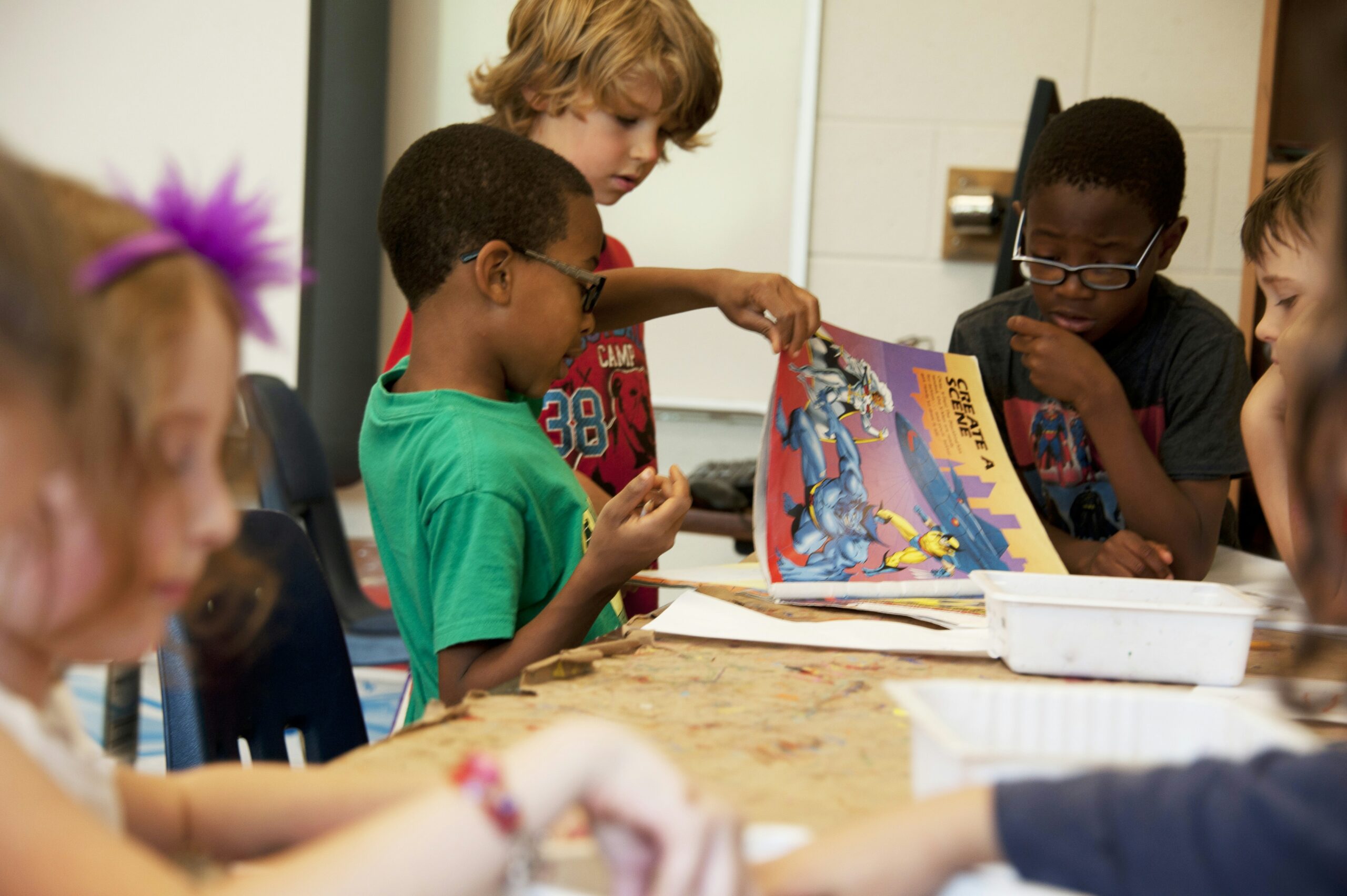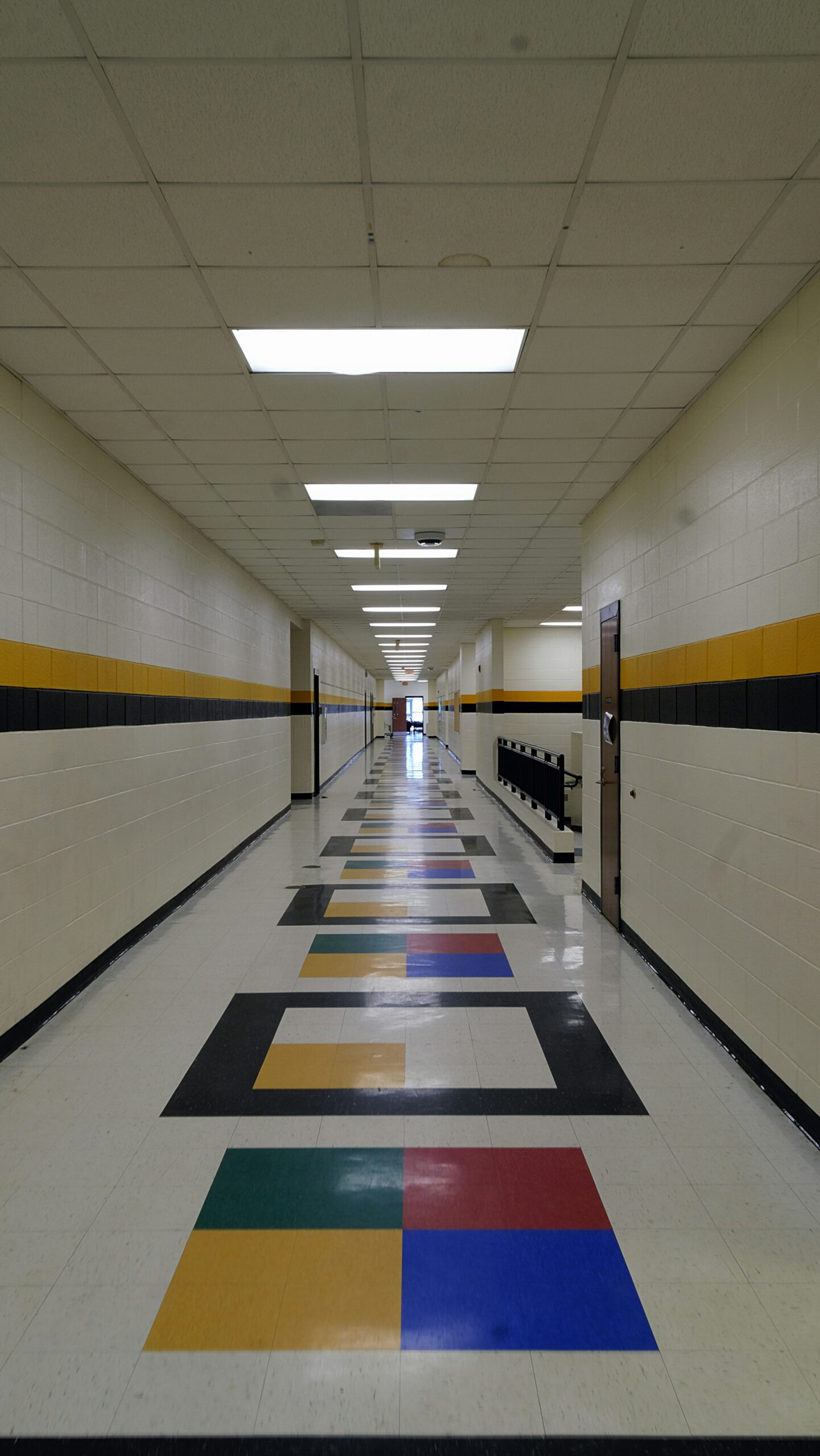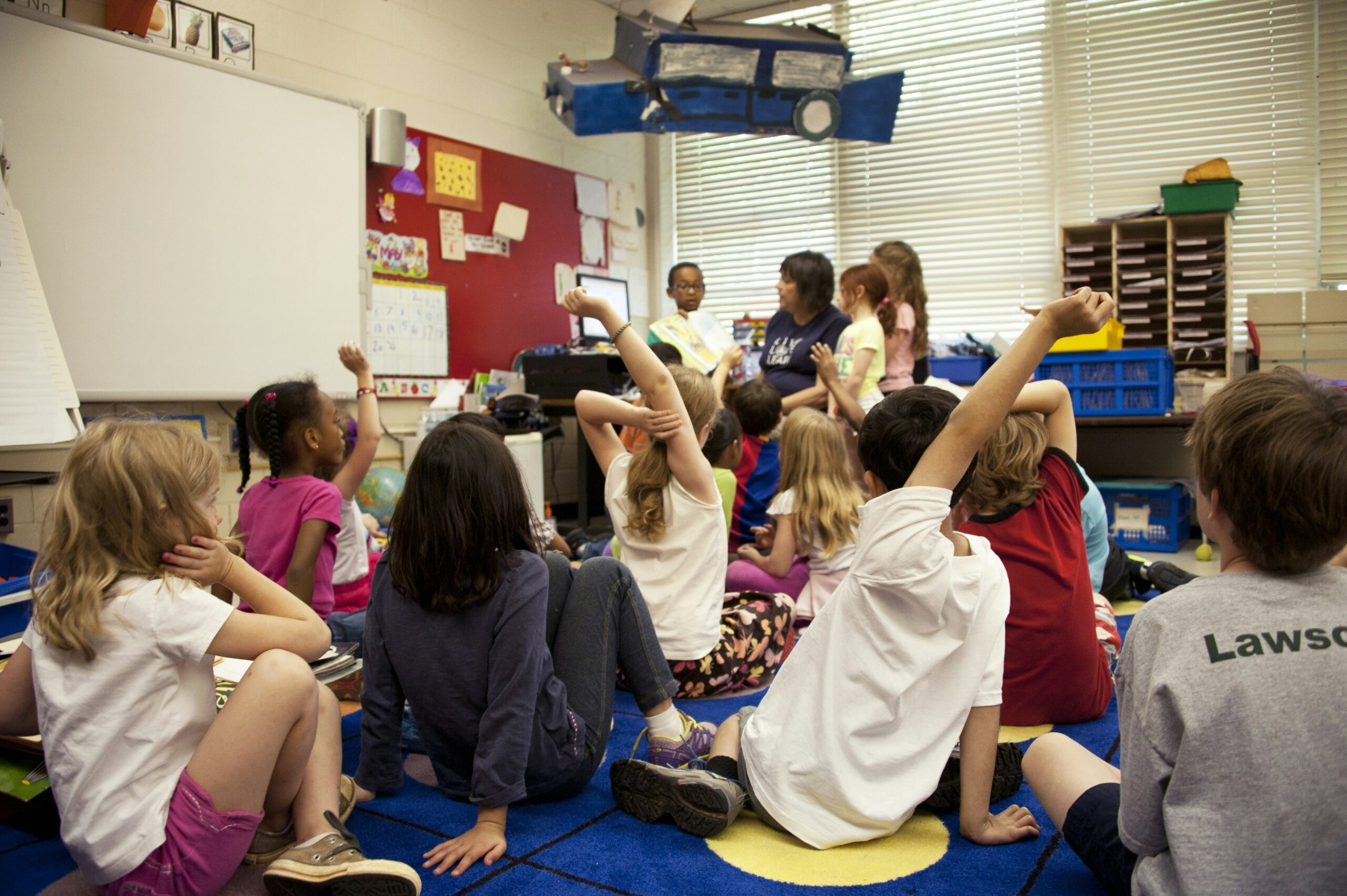 As a therapist, I have seen firsthand the profound impact that mindfulness can have on both children and adults, particularly in managing back-to-school anxiety. Mindfulness, which involves being fully present and giving our full attention to the task at hand, offers numerous benefits that can be especially helpful during the back-to-school season. For adults, mindfulness can lead to increased self-compassion, joy, and problem-solving skills, which are crucial for supporting children through their back-to-school anxiety. For children, mindfulness can strengthen self-control, reduce back-to-school anxiety and stress, and improve decision-making and emotional regulation skills. By incorporating mindfulness practices, both parents and children can better navigate the challenges and anxieties that come with the start of a new school year.
As a therapist, I have seen firsthand the profound impact that mindfulness can have on both children and adults, particularly in managing back-to-school anxiety. Mindfulness, which involves being fully present and giving our full attention to the task at hand, offers numerous benefits that can be especially helpful during the back-to-school season. For adults, mindfulness can lead to increased self-compassion, joy, and problem-solving skills, which are crucial for supporting children through their back-to-school anxiety. For children, mindfulness can strengthen self-control, reduce back-to-school anxiety and stress, and improve decision-making and emotional regulation skills. By incorporating mindfulness practices, both parents and children can better navigate the challenges and anxieties that come with the start of a new school year.
With the start of the school year approaching, it’s essential to reflect on previous academic years and understand the behaviors and interventions that have and haven’t worked. If you’ve had countless meetings about behavior and numerous conversations with your child without seeing improvement, it might be time to give mindfulness a chance. Below, I outline some simple concepts for parents to help their child transition back to school using mindfulness.
Schedules and Routines
 Creating a fun daily schedule can bring predictability into your child’s life. While children may feel nervous about the first day of school, having a schedule can ease that stress. Work with your child to create a schedule that includes:
Creating a fun daily schedule can bring predictability into your child’s life. While children may feel nervous about the first day of school, having a schedule can ease that stress. Work with your child to create a schedule that includes:
- Morning Routines: Waking up, washing face, brushing teeth, and getting dressed.
- Mindfulness Activities: Exercise, deep breathing practice, listening walks, and brain breaks.
- Fun Activities: Snacks, chill time, game or TV time, and family time.
- Evening Routines: Dinner, homework, taking a bath, and bedtime.
Incorporating mindfulness activities into daily routines can help children feel more grounded and present.
 Practice Makes Perfect
Practice Makes Perfect
Just like learning an instrument or a new language, mindfulness skills require practice. The entire family should immerse themselves in mindfulness practices to see the best results. This might include family meditation sessions, mindful eating, or practicing gratitude together. The more consistent you are, the more natural these practices will become for your child.
 Turn Off Machines & Give More Attention
Turn Off Machines & Give More Attention
Technology can be a useful tool, but moderation is key. Make dinner time a device-free zone to ensure everyone is present and focused on each other. Additionally, devote unstructured time to your child, allowing them to choose the activity. This undivided attention is a powerful expression of love and helps build strong bonds. Remember, this time should not be used as a consequence or reward; it should be a consistent part of your routine.
 Don’t Forget About Yourself
Don’t Forget About Yourself
As a parent, it’s crucial to find joy and passion in your own life. Take time for your hobbies, exercise, and self-care. This not only benefits you but also sets a positive example for your children. Remember, you need to take care of yourself before you can effectively take care of others.
The Benefits of Mindfulness in School
 Mindfulness has significant benefits for children in school. Studies have shown that elementary students who practice mindfulness have higher levels of pro-social behavior, emotional regulation, and academic success. Teenagers who practice mindfulness experience lower levels of depression and anxiety, leading to higher academic achievement. For youth diagnosed with ADHD, mindfulness can reduce aggression and improve focus.
Mindfulness has significant benefits for children in school. Studies have shown that elementary students who practice mindfulness have higher levels of pro-social behavior, emotional regulation, and academic success. Teenagers who practice mindfulness experience lower levels of depression and anxiety, leading to higher academic achievement. For youth diagnosed with ADHD, mindfulness can reduce aggression and improve focus.
Mindfulness helps students be present, reflect on their thoughts and actions, and make better choices. However, it’s important to note that mindfulness should be a family practice. Reinforcing mindfulness behaviors and activities at home can help children master these techniques and apply them effectively in school.
Transitioning from Summer to School
 Summer is a time of play, relaxation, and freedom for most children. As the school year approaches, it can be a challenging transition for both children and parents. Here are three ways to help your child transition back to school from summer vacation:
Summer is a time of play, relaxation, and freedom for most children. As the school year approaches, it can be a challenging transition for both children and parents. Here are three ways to help your child transition back to school from summer vacation:
Gradual Adjustments to Routines
Summer often comes with a more relaxed schedule, making the transition back to school routines challenging. Start reestablishing routines a few weeks before school starts. Gradually adjust wake-up times and bedtimes to align with the school schedule. Incorporate transition times that simulate school routines. This adjustment helps children feel more secure and organized.
Organize Supplies and Prepare Together
 Preparation can significantly reduce stress and anxiety for both children and parents. Work as a team to shop for school supplies and organize materials. Involve your child in laying out clothes and packing backpacks the day before school starts to avoid last-minute rushes. This process empowers children and helps them feel more in control.
Preparation can significantly reduce stress and anxiety for both children and parents. Work as a team to shop for school supplies and organize materials. Involve your child in laying out clothes and packing backpacks the day before school starts to avoid last-minute rushes. This process empowers children and helps them feel more in control.
Open Communication and Experience
Communication is key in helping children manage stress and anxiety. Talk to your child about their feelings and upcoming transitions. Normalize these feelings and create a safe space for them to express their concerns. Practicing morning school routines and visiting the school before the academic year begins can also help reduce anxiety.
As summer comes to an end, many children face significant challenges transitioning back to the structured school environment. From disrupted routines to heightened anxiety, this period can be stressful for both children and parents. Here are four major challenges children often encounter during this transition.
The Four Biggest Challenges
1.  Disrupted Routines
Disrupted Routines
During summer, children often enjoy more relaxed and flexible schedules. Late bedtimes, irregular meal times, and spontaneous activities become the norm. The sudden shift back to early mornings and structured days can be jarring and exhausting for children.
2. Separation Anxiety
After spending an extended period at home with family, the thought of being away for several hours each day can trigger separation anxiety. Younger children, in particular, may struggle with the idea of leaving their parents and familiar home environment which increases the feelings associated with back-to-school anxiety.
3. Social Anxiety
Reintegrating into the social dynamics of school can be daunting. Children may worry about reconnecting with friends, fitting in with peers, or dealing with potential bullying. For some, the thought of social interactions in a school setting can be overwhelming.
4. Academic Pressure
The start of a new school year often brings academic expectations and pressures. Children might worry about keeping up with new subjects, meeting teachers’ expectations, or maintaining good grades. This stress can lead to feelings of inadequacy and anxiety about academic performance.
Back-to-School Mindfulness Checklist for Parents
To help your children transition from summer to school, here’s a mindfulness checklist for parents:
- Create a Daily Schedule:
- Morning routines (wake up, brush teeth, get dressed)
- Mindfulness activities (exercise, deep breathing)
- Fun activities (snack time, chill time, family time)

- Evening routines (dinner, homework, bath, bedtime)
- Practice Mindfulness Together:
- Family meditation sessions
- Mindful eating practices
- Gratitude exercises
- Limit Screen Time:Make dinner time device-free
- Schedule unstructured time for your child to choose activities
- Take Care of Yourself:
- Find time for your hobbies and self-care
- Exercise regularly
- Join a club or class for social interaction
- Gradually Adjust Routines:
- Set earlier wake-up and bedtime gradually
- Incorporate educational activities to simulate school routines
- Prepare School Supplies Together:
- Shop for supplies as a team
- Organize materials and pack backpacks the night before
- Communicate Openly:
- Talk about feelings and transitions
- Normalize stress and anxiety
- Visit the school and practice routines beforehand
- Reinforce Mindfulness at Home:
- Practice mindfulness activities regularly
- Encourage reflection on thoughts and actions
 Remember, every child is unique, so tailor these tips to best fit your child’s personality and needs. Transitioning from summer to school can be challenging, but with patience, mindfulness, and open communication, you can help your child navigate this transition smoothly and help them better manage back-to-school anxiety.
Remember, every child is unique, so tailor these tips to best fit your child’s personality and needs. Transitioning from summer to school can be challenging, but with patience, mindfulness, and open communication, you can help your child navigate this transition smoothly and help them better manage back-to-school anxiety.
In conclusion, integrating mindfulness into your family’s routine can significantly ease the transition from summer to the school year. By creating schedules, practicing mindfulness together, limiting screen time, taking care of yourself, gradually adjusting routines, preparing school supplies, and maintaining open communication, you can help your child start the school year with confidence and calmness. Mindfulness techniques have been proven effective in helping families manage back-to-school anxiety. Mindfulness is a powerful tool that, when practiced consistently, can lead to lasting positive changes in both you and your child’s life.
Explore Our Services at Bright Idea Counseling
 At Bright Idea Counseling, we offer a wide range of therapy services tailored to meet your unique needs. From individual and family therapy to specialized programs for stress management and mental health, our experienced team is here to support you every step of the way.
At Bright Idea Counseling, we offer a wide range of therapy services tailored to meet your unique needs. From individual and family therapy to specialized programs for stress management and mental health, our experienced team is here to support you every step of the way.
To learn more about how we can help you and your loved ones, click the link below.
Learn More
Discover the Support Your Family Deserves
At Bright Idea Counseling, we understand that every family faces unique challenges and stresses. Whether you’re navigating the ups and downs of daily life or encountering more complex issues, our dedicated team is here to help.
 Don’t face these challenges alone. Reach out to us today to learn more about our personalized therapy services and see how we can support your family’s journey toward well-being and harmony. Contact us now to schedule a consultation and take the first step towards a brighter tomorrow with Bright Idea Counseling.
Don’t face these challenges alone. Reach out to us today to learn more about our personalized therapy services and see how we can support your family’s journey toward well-being and harmony. Contact us now to schedule a consultation and take the first step towards a brighter tomorrow with Bright Idea Counseling.




